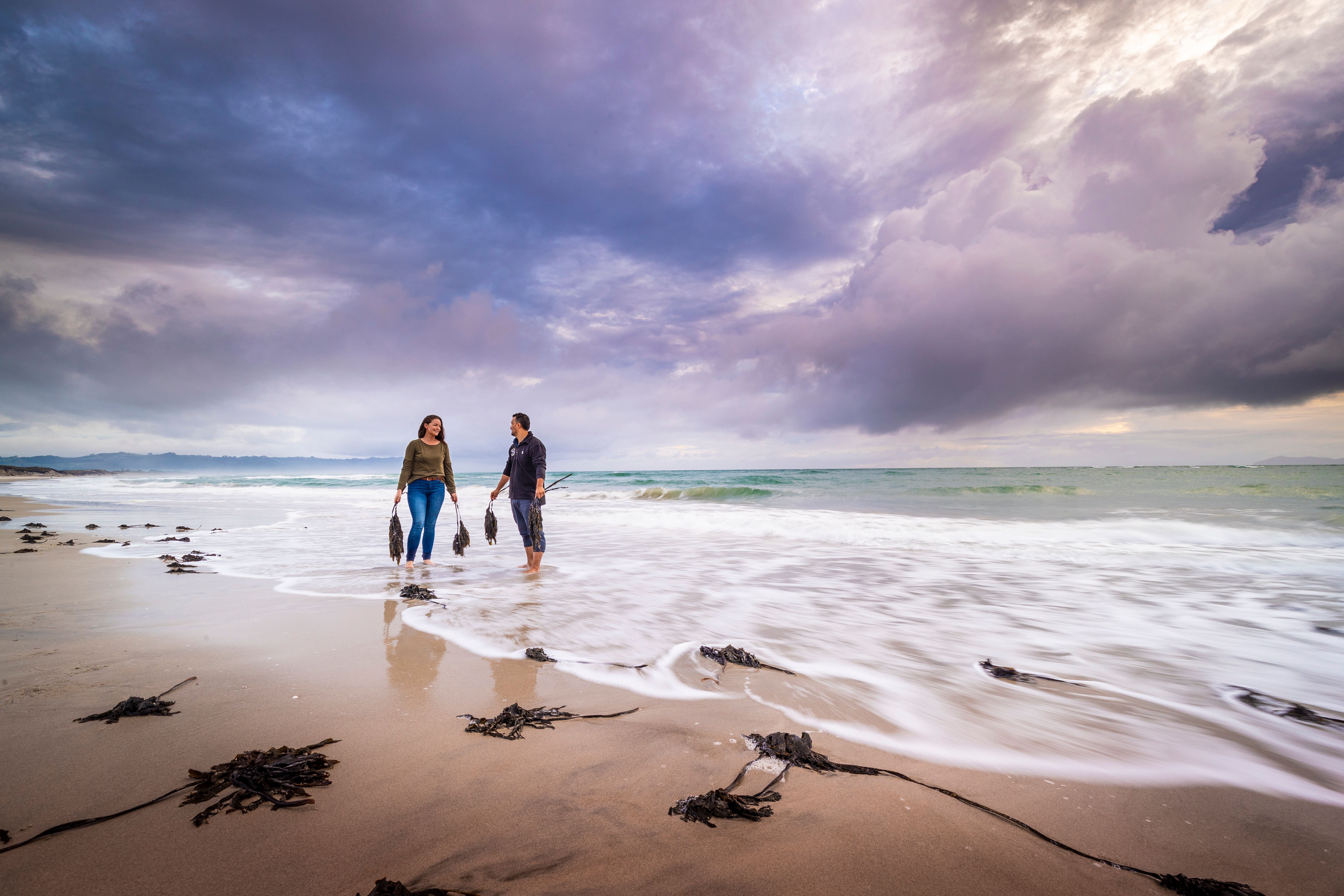
Bird of the Year 2024
Will it be a mighty seabird, a forest-dwelling songster, or perhaps one of our flightless friends? Aotearoa New Zealand’s favourite election is back, and the competition is fierce. Who will claim the coveted Bird of the Year title for 2024?

New Zealanders share a deep connection with our weird and wonderful native birds – more than 80% of which are ‘At risk’ or ‘Threatened’ with extinction. Forest & Bird’s Te Manu Rongonui o te Tau aims to highlight the amazing stories behind our living and dearly departed feathered friends, inspiring us all to speak up for their protection.
Adélie penguin
They're bold, they're sociable, and they wear the cutest tuxedos: Adélie penguins join Bird of the Year for the first time in 2024. Although they're infrequent visitors to New Zealand's mainland, more than one-third of the global Adélie penguin population lives in New Zealand’s home in Antarctica: the Ross Sea region.
Pūtekeke/ Australian crested grebe
You may know of the Australasian crested grebe by the unusual way they carry their young – on their back when they are swimming. They forage within high country lakes, particularly shallow lakes with fringes of vegetation. Watch out for their floating nests, which they anchor to the side of the lake.
Kōtare / Kingfisher
Kōtare are fearless and aggressive when it comes to food and family. They don't slow down when it comes to the breeding season, using their dagger-like beaks to tunnel into soft tree trunks or clay banks to build nests. Mum takes a short rest when nurturing their young, with dad in charge of providing food and sometimes even attacking other birds and mammals.
Ruru / Morepork
Nocturnal and seldom seen, ruru is somewhat of an enigma. It's an echo in the night and an underdog when up against the showboating birds of the day. Team Ruru represents the night owls among us, and Bird of the Year is a chance to bring ruru out of the darkness and into the spotlight.
Mohua / Yellowhead
Also known as the bush canary, mōhua live in fast-moving, noisy flocks. Based high in the canopy, they bring the South Island beech forest alive with their loud, melodious calls. They feed among the branches by picking off the moss and lichen to expose their favourite prey: beetles, caterpillars, spiders, and moths.
Whio / Blue duck
Our endemic duck that doesn’t quack. These sleek swimmers need clear, fast-flowing rivers, so you’re unlikely to see them on your local pond – although you might find them on your $10 note! Stoats and declining habitat are major threats to whio. With fewer than 3,000 left, it’s up to us to help them out.
Tara iti / Fairy tern
New Zealand's rarest bird. Nesting on shell-covered sand near the sea, fairy terns are often vulnerable to extreme weather events and predation. However, their eggs have speckled to blend in with the sand, and, when parents call an alarm, the chicks standstill, blending into the background. Terns are also able to drink sea water.
Tawaki piki toka / Eastern rockhopper penguin
Who says you need arms to climb almighty rock stacks? The Eastern rockhopper tackles rock mountains with the determination and grit of Hillary. Its population has declined by 30% in the past 30 years, so it needs your support for survival!
Kōtuku / White heron
Around September, watch out for their spectacular courtship displays around the Waitangiroto Nature Reserve nesting site, their only breeding ground in New Zealand. Male displays include a spectacular raising of the nuptial plumes, with the neck erect, the bill snapping, and the wing feathers flicking. Once a female is attracted, the pair preen each other and intertwine their long necks, wings, and bill. After breeding season, the birds disperse throughout the country, and you may see them on coastal freshwater wetlands or estuaries.
Toroa / Antipodean albatross
Antipodean albatross spend most of their lives at sea, only coming on land to raise young every two years. They have an elaborate courtship that involves a characteristic singing and dancing display, and form enduring pairs that mostly last until one of them dies.
The Antipodean albatross is the party leader species representing all of the amazing albatrosses in Aotearoa.
The winner of Bird of the Year 2024 was the hoiho yellow-eyed penguin. Find out more about these birds at birdoftheyear.org.nz
Looking for somewhere that puts birdlife in the spotlight? We know a place.



.jpg)

